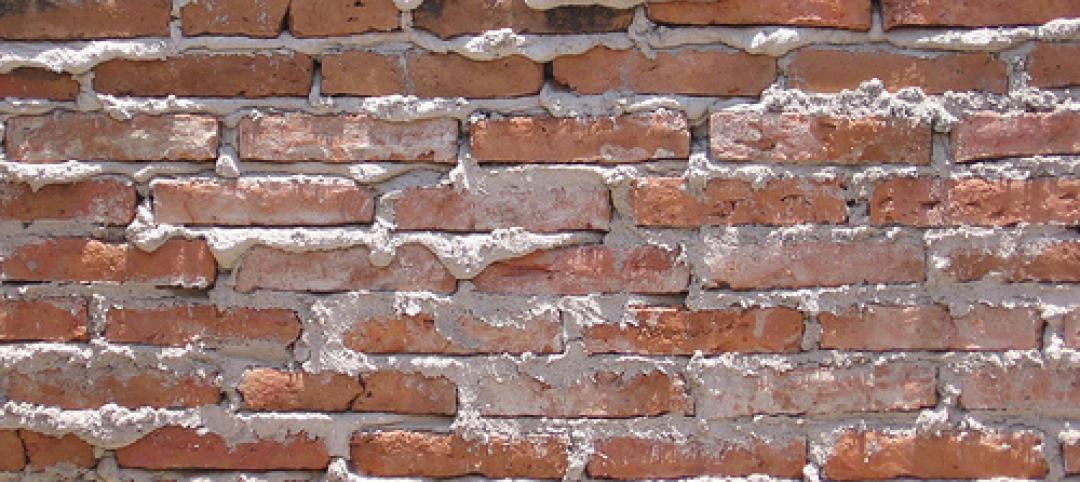A new concrete manufacturing technique extracts carbon dioxide out of the air, or directly out of industrial exhaust pipes, and turns it into synthetic limestone.
With cement manufacturing responsible for 4% to 8% of the world’s carbon dioxide emissions, this breakthrough could be a significant development in the effort to reduce greenhouse gas. Consider that the pace of construction worldwide has been robust, particularly in China, in recent years. And, cement production worldwide could grow 23% by 2050.
Portland cement is made with limestone that is quarried and then heated to high temperatures, an energy-intensive process that releases huge amounts of carbon dioxide. The new technique, which has already been demonstrated in California, could not only slow the advance of climate change, but actually help to reverse it.
The inventor was inspired by how coral transform minerals in seawater to a shell-like substance. The “low-energy mineralization” technique he developed turns captured CO2 into calcium carbonate, the material synthesized by coral.
Related Stories
| Feb 9, 2012
Rapid growth of zero energy buildings expected
Much of that growth will be in the European Union, where near-zero energy buildings are mandated by 2019 for public buildings, and by 2021 for all construction.
| Feb 9, 2012
Stiffer OSHA fines put strain on Kansas contractors
A fine for a violation that once cost between $750 and $1,200 now runs $7,000 or more per incident, according to a state industry association official.
| Feb 9, 2012
Webinar focuses on lessons learned from LEED-certified industrial project
A Construction Specifications Institute webinar will focus on the lessons learned through the design and construction of a LEED-certified industrial project, Better Living Mill Shop, the first industrial building in Central Virginia to earn LEED certification.
| Feb 8, 2012
California likely to eliminate redevelopment agencies
Leaders of California cities had been trying to fashion a compromise with lawmakers after the state Supreme Court ruled the state had the authority to eliminate the agencies and use their property tax money for local services.
| Feb 8, 2012
Project aimed at economical seismic retrofits on historic Memphis structures
The group will develop a low-cost seismic retrofit model that would benefit aging brick-and-mortar structures. It involves bolting steel brackets to existing wooden floor and ceiling joists.
| Feb 8, 2012
Houston signs on to Better Buildings Challenge
The challenge has about $4 billion in federal and private-sector funds, which it will use for building energy upgrades nationwide in the next two years.
| Feb 8, 2012
OSHA offers free health and safety consulting for small businesses
The consultants offer confidential, non-punitive advice.
| Feb 8, 2012
Controversy over pay for prisoners on roofing job in Michigan
The disagreement was over whether the prisoners should have been paid prevailing wage for their brief time on the job because the project was paid for with a U.S. Department of Energy grant.















